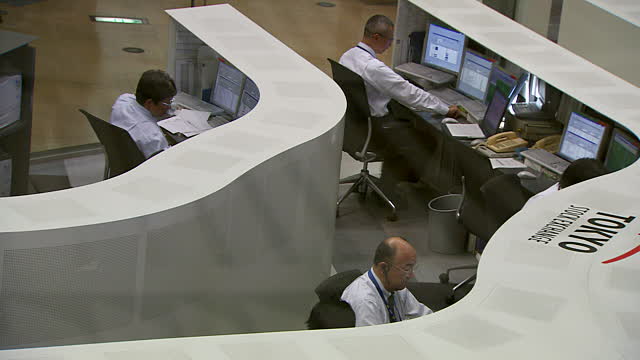Investors are trading risky assets around the world for safe standbys like the yen now that US President Donald Trump is following through with trade restrictions, sowing doubts about the future of global economic growth.
A wave of selling has swept stocks, currencies, bonds and commodities alike in the first half of 2018. “Markets have clearly begun to take notice of trade friction as a drag on the global economy,” said Kyoya Okazawa of BNP Paribas in Hong Kong, Nikkei reported.
The fiery American rhetoric on trade was initially dismissed as a negotiating tactic, a tool for Trump’s “deals”. But the president has actually carried out his threat to slap tariffs on steel and other goods. Economies including China and the European Union have retaliated, turning Trump’s first shot into a potential trade war with no foreseeable end.
China’s stock market has plunged 14% to a roughly two-year low as the country has become embroiled in trade friction with the US Equities in the Philippines have also taken a sharp tumble, while those in Thailand and Indonesia have seen smaller declines. Even stocks in such advanced nations as Japan, South Korea and Germany have slid, owing to the high dependence of these countries on trade.
Copper prices, known to reflect changes in the world economy, have dropped around 9%.
Traditional safe-haven assets have benefited from this upheaval. Prices on German and Japanese government bonds have jumped over the past six months, while the yen has strengthened against global currencies. These are renowned as safe and high-quality assets, making them attractive buys at times of uncertainty.
Oil prices have surged more than 20% this year, with benchmark West Texas Intermediate futures reaching around $74 per barrel. The US targets a complete halt to Iranian oil exports by November, fueling concerns over a plunge in supply. Prices “could flirt with the $80 level, depending on how intense geopolitical risks become,” said Hiroyuki Kikukawa of Nissan Securities.
Shifts in monetary policy have also put investors on the defensive. Central banks have engaged in massive monetary easing over the past decade to counteract the effects of the 2008 financial crisis.
But the US Federal Reserve has now begun to tighten policy, and many expect it to raise interest rates a total of four times this year. The European Central Bank is also looking to draw down easing.
These moves mean that less government money will be available to keep markets strong. The fed’s rate hikes are also pulling money away from emerging markets and toward the dollar.


